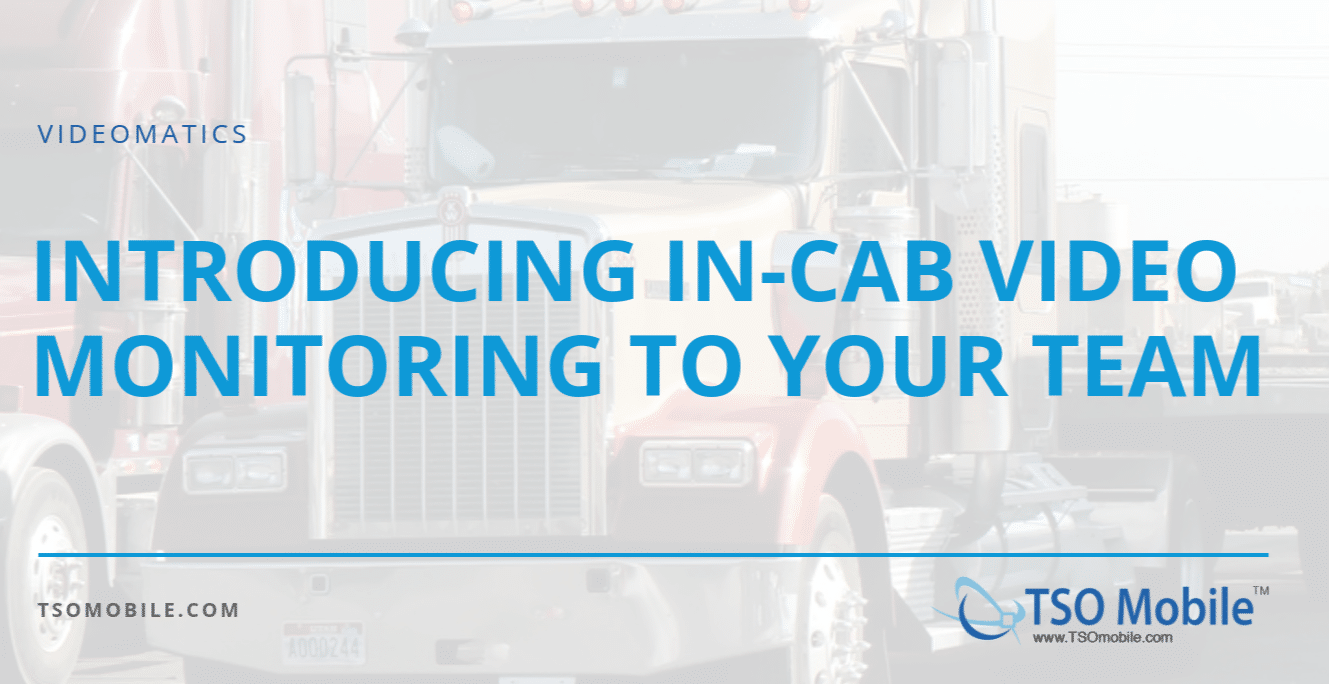Over the last few years, some drivers in the transportation industry have raised concerns about videomatics in their working environment. This, unfortunately, is at odds with the many fleet managers and companies that see the value in videomatics technology. So how do you get your employees excited about dash cams, rather than dreading what they may see as a privacy catastrophe? By sharing with them these 5 reasons why cab-cameras work for their personal and professional benefit.
Driver Safety
In-cab cameras are like a driver’s panic button. Say your job is transporting people from place to place, like taxi drivers, bus drivers, or even Uber/Lyft drivers. You never really know who is going to climb into the back of your car, or if they mean you harm. By using video equipment to monitor the inside of your vehicle, you can monitor the interactions that take place within the cab. With access to a backlog of video data, fleet managers can provide drivers the kind of safe work environment they need to do their job well.
Liability and Blame
The very nature of road accidents fosters confusion and uncertainty regarding the exact circumstances of the incident. In a ‘he-said’ vs. ‘she-said’ moment, how can accident authorities determine who is at fault? With access to video data that shows the movement of the vehicles involved and the actions during and prior to the collision, culpability is easy to assign. Drivers can take control of their testimony by using their own personal digital witness and GPS locator to prove their innocence.
Positive Impact on Driving Behavior
Social responsibility mandates that drivers be vigilant and consciously reduce distractions in order to drive as safely as possible. Video monitoring encourages proper driving behavior and helps fleet managers assess who may need additional training to promote safe driving practices. Combined with an incentive program that rewards this good behavior, tracking video feeds can provide proof of an employee’s eligibility to receive a coveted prize.
Prevent Mistakes In Timesheets
Imagine you are on the road for hours on end, working overtime to get holiday packages to their destinations on time. When the holidays are over, you wait eagerly for that extra-big paycheck but, when you receive it, you notice some of the hours you worked are missing. Videomatics provide a resource drivers and managers can access to verify timekeeping and ensure accuracy of financial records to make sure workers are adequately compensated.
Camera Footage Privacy Policy
For cross-country truckers, the vehicle cab is a work environment and a sanctuary where you live and rest on the road. To put drivers at ease, companies should make clear rules about who views and has access to the videos before installing the cameras. Be sure you know how the data will be used and how the camera will collect the data. Some videomatics technology allows cameras to switch off when the vehicle is off, or does not surveil the entire cab, leaving parts where drivers can take breaks unmonitored by company equipment. With clear rules of use in place, drivers can be assured that their privacy and comfort are priority for their employer’s business.
A Note for Fleet Managers
If you are still unsure whether the risk of purchasing videomatics equipment is worth the potential employee fallout, be assured that the IRS has your back. Under Section 179 of the IRS tax code, your business could qualify for a deduction for videomatics equipment purchased during the tax year. This means that if you lease or buy qualified equipment, you can deduct the cost from your gross income. With the end of the year approaching soon, this is the best time to invest in videomatics devices and software.

